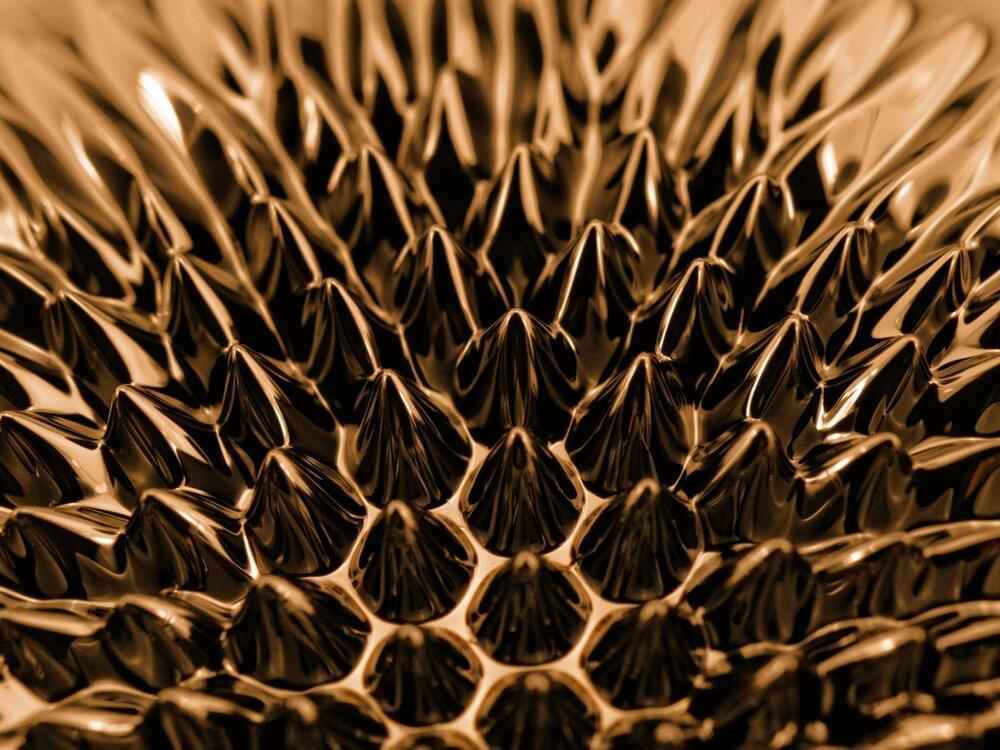An electric field transforms an iron oxide nanoparticle suspension into a model for the emergence of complex dissipative structures.
Researchers at Aalto University have shown that a nanoparticle suspension can serve as a simple model for studying the formation of patterns and structures in more complicated non-equilibrium systems, such as living cells. The new system will not only be a valuable tool for studying patterning processes but also has a wide range of potential technological applications.
The mixture consists of an oily liquid carrying nanoparticles of iron oxide, which become magnetized in a magnetic field. Under the right conditions, applying a voltage across this ferrofluid causes the nanoparticles to migrate, forming a concentration gradient in the mixture. For this to work, the ferrofluid has to also include docusate, a waxy chemical that can carry charge through the fluid.
